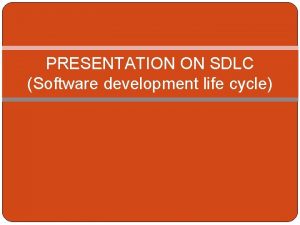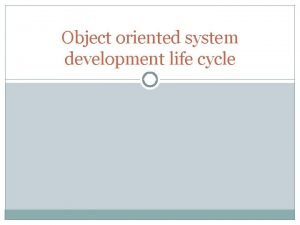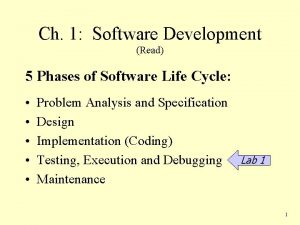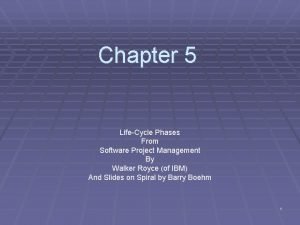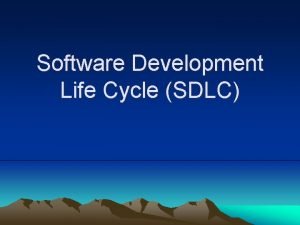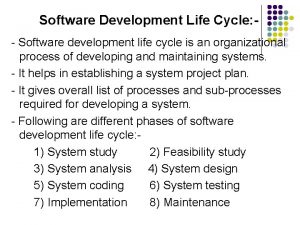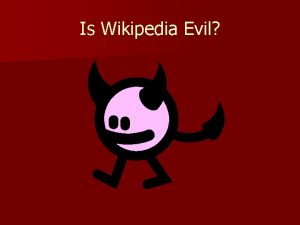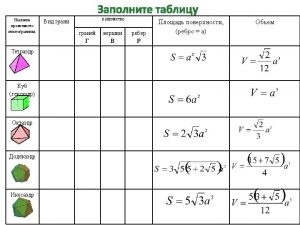Software Development Cycle From Wikipedia http en wikipedia








- Slides: 8

Software Development Cycle From Wikipedia: http: //en. wikipedia. org/wiki/Systems_development_li fe-cycle Preliminary Analysis Systems analysis, requirements definition Systems design Development Integration and testing Acceptance, installation, deployment Maintenance

Validation vs. Verification Validation involves testing: white box vs. black box testing, alpha- and beta-test Testing may be thorough, but not exhaustive Verification is (mathematically) proving that the program meets the input/output specifications. Use formal procedures

Types of Errors Syntax Errors: Missing ; { }, misspelling, case differences, missing declarations, missing import statement, . . . Run-time Errors: Array boundary violations, null pointer exception, . . . Design Flaw: Misunderstanding of program requirements, program works sometimes, but not always

Debugging Strategies Strategic printing: System. err. println() Print out values of parameters when entering method and return values before leaving to isolate the error Use of debugger: http: //drjava. sourceforge. net/docs/user/ch 09. html Setting breakpoints, watches Allows user to interact as program runs

Polymorphism An object may be of more than one class, e. g. , a Ship is a Thing is an Object (due to inheritance) A derived class may override methods of the base class Which method is called? Especially tricky because variables may be cast to other types from what was declared, e. g. , Thing[][] b = new Thing[10]; b[0][0] = new Ship(4, "Battleship", 'B');

Early vs. Late Binding Early, or static, binding is when the choice is made at compile time. The type of the variable is used to determine which method is called. For example, b[0][0]. shoot. At() would call the Thing shoot. At() method, not the Ship one. Late, or dynamic, binding is when the choice is made at run-time. The type of the actual object is used to select the method, so Ship shoot. At() is called. Java uses late binding. This means that objects must know their types.

Static Methods Since static methods belong to the class, not to an object, late binding cannot be used for them. Static methods use early, or static, binding. The type of variable determines the method that is called.

Final Modifier A class may be declared to be final which means that is cannot be subclassed. A method may be declared to be final which means that it may not be overidden.
 Software development life cycle models ppt
Software development life cycle models ppt Lec hardver
Lec hardver Object oriented software development life cycle
Object oriented software development life cycle Odw 5e ch05 arrange the software development life cycle
Odw 5e ch05 arrange the software development life cycle Construction phase in software engineering
Construction phase in software engineering Capability maturity model sdlc
Capability maturity model sdlc Embedded product development company
Embedded product development company Hp agile manager alm
Hp agile manager alm Http //mbs.meb.gov.tr/ http //www.alantercihleri.com
Http //mbs.meb.gov.tr/ http //www.alantercihleri.com
